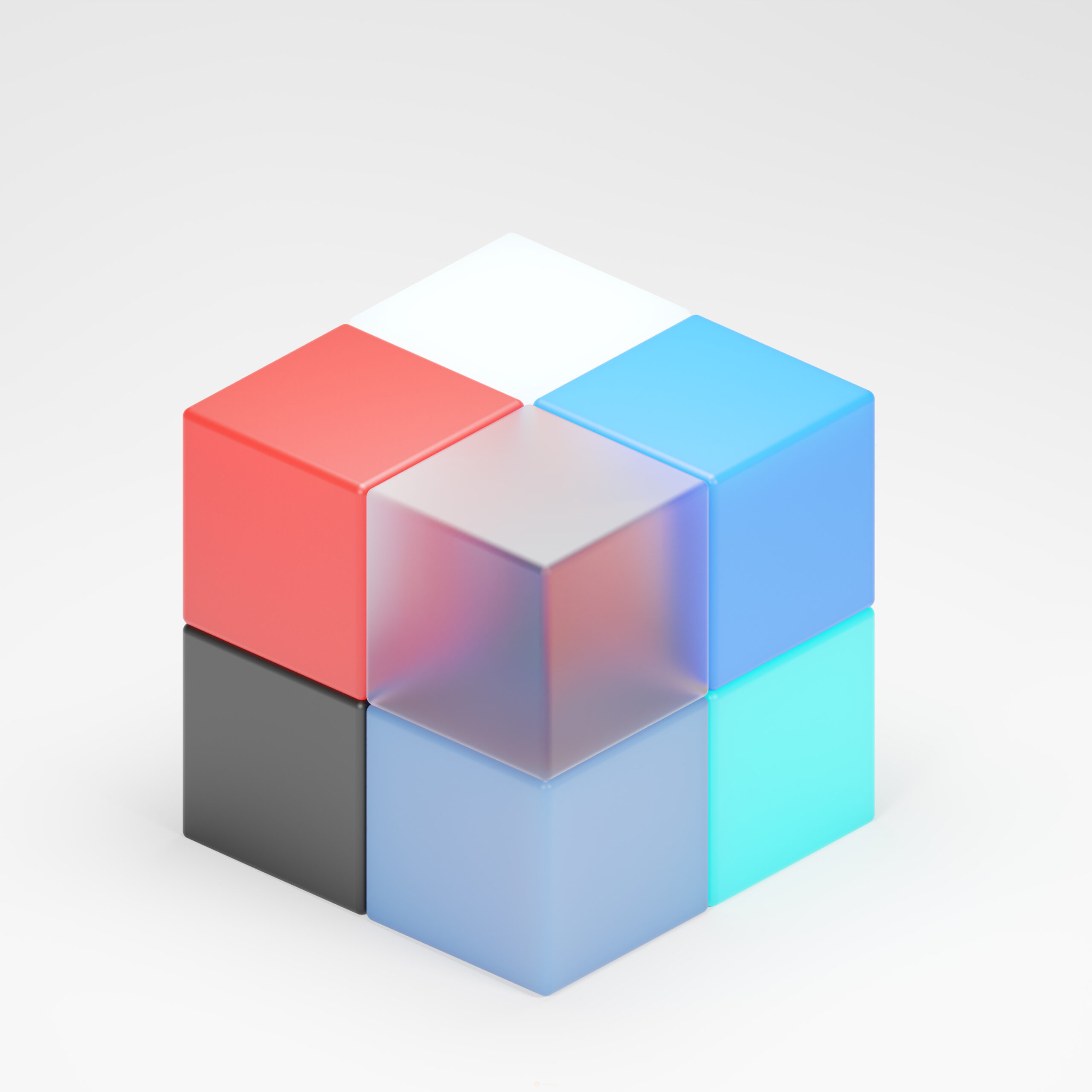The Power of SVG in Apparel Design
SVG (Scalable Vector Graphics) is a versatile file format that has gained popularity in various industries, including apparel design. Its ability to scale without losing quality makes it an ideal choice for creating intricate and detailed designs for clothing and accessories. Whether you’re designing t-shirts, hoodies, or even hats, SVG allows you to bring your creative vision to life with precision and clarity.
One of the key advantages of using SVG in apparel design is its ability to be easily customized. With a few tweaks to the code, you can change colors, adjust sizes, and modify elements to suit different design variations. This flexibility allows designers to create a range of options for their customers, ensuring that each piece is unique and tailored to individual preferences.
The Role of SVG Animation in Apparel Design
SVG animation takes apparel design to the next level by adding movement and interactivity to static designs. With SVG animation libraries, designers can create captivating visuals that engage and delight customers. By animating elements such as logos, patterns, or even entire designs, apparel brands can stand out from the competition and create a memorable brand experience.
SVG animation libraries provide a wide range of pre-built animations that can be easily customized and applied to apparel designs. These libraries offer a variety of effects, including fades, transitions, and rotations, allowing designers to create dynamic and eye-catching designs. With just a few lines of code, designers can bring their designs to life and showcase their creativity in a unique and engaging way.
Exploring SVG Arcs in Apparel Design
SVG arcs are a powerful tool for creating curved and circular elements in apparel design. Whether you’re designing a logo, a pattern, or a decorative element, SVG arcs allow you to create smooth and precise curves that add visual interest to your designs. By adjusting the start and end angles, as well as the radius, designers can create a wide range of arc variations to suit their design needs.
Adding Background Colors to SVG Designs
SVG designs often consist of shapes and lines without any background color. However, adding background colors to SVG designs can create a more visually appealing and cohesive look. By applying background colors to specific elements or the entire design, designers can enhance the overall aesthetic and make their designs stand out.
Examples of SVG Animation in Apparel Design
To illustrate the possibilities of SVG animation in apparel design, here are a few examples:
- A t-shirt design with an animated logo that fades in and out.
- A hoodie design with an animated pattern that rotates and changes colors.
- A hat design with an animated element that follows the cursor’s movement.
These examples demonstrate how SVG animation can add depth and dynamism to apparel designs, creating a visually stunning and engaging experience for customers.
Conclusion
SVG is a powerful tool in apparel design, offering versatility, customization, and the ability to create visually captivating designs. When combined with SVG animation, apparel brands can take their designs to new heights and create memorable experiences for their customers. Whether it’s through the use of SVG arcs, adding background colors, or exploring the possibilities of SVG animation libraries, there are endless opportunities for designers to push the boundaries of apparel design and create truly unique and innovative pieces.

